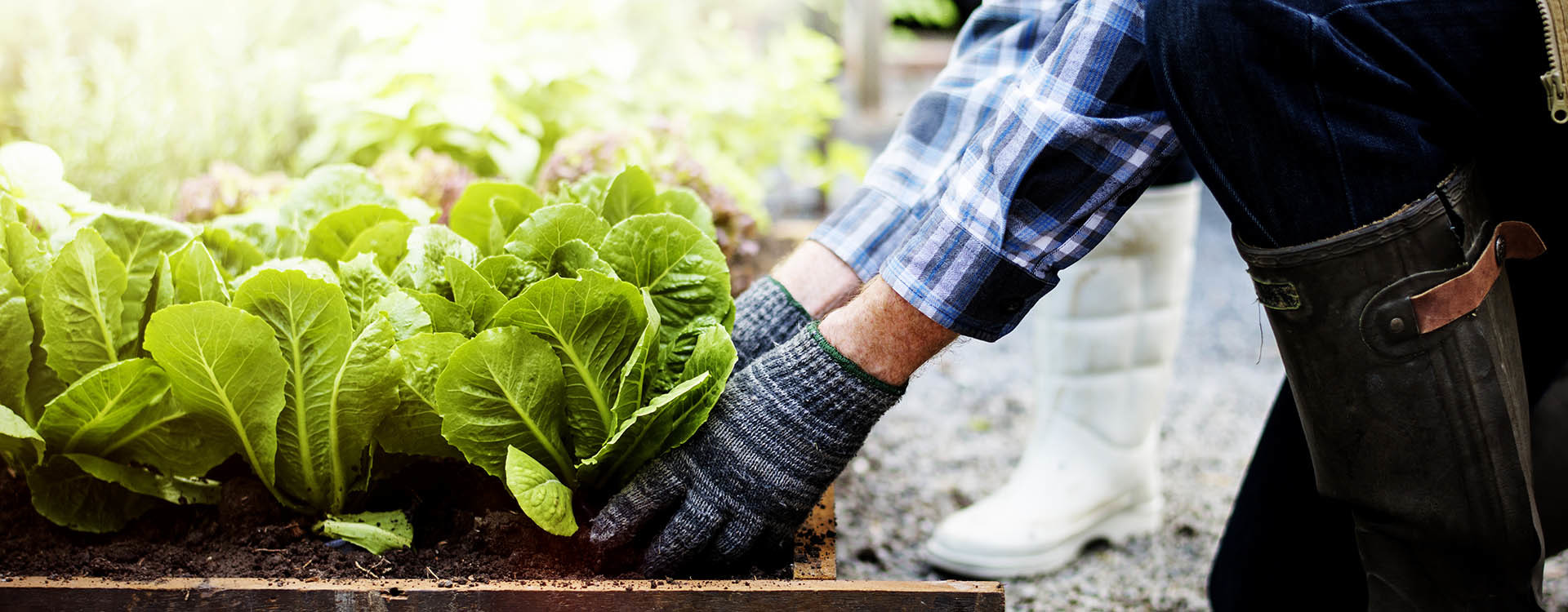The 15-Second Trick For City Blooming
The 15-Second Trick For City Blooming
Blog Article
Indicators on City Blooming You Need To Know
Table of ContentsThe Of City BloomingThe Ultimate Guide To City Blooming7 Easy Facts About City Blooming ShownCity Blooming Fundamentals ExplainedAn Unbiased View of City Blooming
Intrigued in growing food for sale in the City of Chicago? Below is a list of regularly asked concerns concerning the regulations and regulations that cultivators need to think about when preparing an urban agriculture project.
The zoning change does not modify any kind of various other codes dealing with composting, building authorizations, purchasing or renting City owned residential or commercial property, company licenses or ecological contamination. There are existing codes that regulate these issues and they remain in full effect and may apply to your job. Area gardens are commonly had or taken care of by public entities, civic companies or community-based companies and kept by volunteers.
Urban ranches expand food that is planned to be offered, either on a nonprofit or for-profit basis. Due to their business function, metropolitan farms need a company permit. Yes. A neighborhood garden is permitted to sell surplus create that was expanded on site if the sales are accessory or subordinate to the garden's main objective explained over.
5 Simple Techniques For City Blooming
Composting is enabled yet only for plant product that is produced and used on website. The quantity of compost material can not go beyond 25 cubic yards at any kind of given time according to the criteria in 7-28-715 of the City's Municipal Code. Yes. Due to the fact that the soil at a lot of brand-new garden sites requires amending, garden compost, dirt, wood chips, or other products can be obtained to create or boost the expanding space - City gardening.

If a structure permit is called for then the hoophouse will be taken into consideration an accessory building. You can learn more about the building authorization needs by getting in touch with the Department of Buildings. The 25,000-square-foot size restriction is intended to avoid a single neighborhood garden from dominating a given block or detracting from the block's existing household or commercial character.
The limit does not relate to yards situated in Public Open Area (POS) areas. Can there be even more than one neighborhood yard that is 25,000 square feet on a solitary block? Yes. The size limit relates to individual yards, not to specific blocks. No. Fencing is not required, however, gardens that have large car parking locations may be required to mount secure fencing or other landscape design features.
Top Guidelines Of City Blooming
B1 & B2 districts call for that all industrial usage tasks be conducted inside. R areas restrict industrial task. The policies show the objective and intent of the Zoning Code. Is secure fencing required for city ranches? Yes. Fences might be required, along with landscape design and screening, for specific car park areas and outdoor job or storage locations depending on area and the details task taking area.
Yes. Urban farms call for building permits and zoning approvals before building and construction. Other forms of city evaluation might be needed depending on details frameworks, activities, dimension, landscape design, licensing, public health and stormwater management problems. A number of these demands are recognized in the task style or permitting process, nevertheless, the applicant might be liable to separately identify certain licenses or permits that may be required.
The Department of Service Affairs and Customer Security can aid figure out the specific kind of business certificate that's called for. Off road car parking is needed for a lot of commercial projects in Chicago. The needed number of parking spaces is based on the number of staff members functioning on site and not the square video footage of the expanding area.
Indicators on City Blooming You Should Know

Yes. An urban ranch can market compost product generated on website, nonetheless, the procedure must abide by the guidelines in 7-28-715 of the Chicago Municipal Code. Yes. Aquaponic systems are allowed indoors on city ranches in many zoning dig this areas. Nonetheless, a zoning testimonial and building authorization is called for in order to set up structures or systems and a business certificate is called for as explained over.
Approximately five hives or swarms of honey might be maintained as an accessory use. Beekeepers must sign up with the Illinois Department of Farming. For additional information about the recommended zoning modification you might call the Department of Housing and Economic Advancement, Bureau of Preparation and Zoning at 312.744.8563.
Farming in cities and metropolitan areas A city farm in Chicago. Urban agriculture describes various methods of cultivating. https://www.awwwards.com/cityblooming/, handling, and distributing food in city locations. The term also puts on the area activities of pet husbandry, aquaculture, beekeeping, and horticulture in a city context. Urban agriculture is differentiated from peri-urban farming, which occurs in backwoods beside suburban areas.
City Blooming for Dummies
It can involve a motion of organic cultivators, "foodies" and "locavores", that seek to create social media networks established on a common principles of nature and neighborhood holism. These networks can develop by means of formal institutional assistance, becoming incorporated right into regional town preparation as a "shift town" activity for lasting city development.
In either case, the a lot more straight access to fresh veggie, fruit, and meat items that might be know through metropolitan agriculture can improve food protection and food safety while decreasing food miles, bring about reduced greenhouse gas exhausts, thereby adding to climate change reduction. Some of the first evidence of city agriculture comes from Mesopotamia.
Report this page